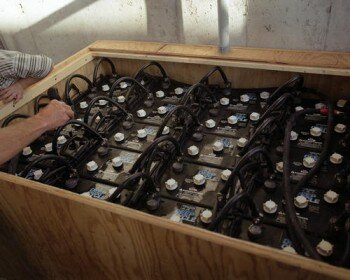
Are you a home owner? If you are, you’ll notice one of the biggest monthly expenses is the electricity bill.
The house I am staying is already paid off. Therefore, there is no more bank mortgage. The biggest household bill right now is the amount of money I have to pay for electricity.
A couple of weeks ago, I wrote about some tips on how to reduce a home energy consumption. In this article, I thought of writing 4 more ways how we can cut our electricity bill.
1) Reduce consumption.
This is straight to the point…just cut down on the amount of power we use.
The equipment that I am using the most power right now at home is the air-conditioning unit.
I am located in the equator and it can get pretty hot in the afternoon and even at night.
One of the steps I have taken to reduce the usage of the air-conditioning unit is to open the windows and even doors in the afternoon to cool down the interior of the house.
2) Choose carefully.
When you are planning to buy a new electrical appliance, choose carefully. Remember, any appliance that generates heat will consume a lot of power.
Go for equipment with the “Energy Star” logo. If possible, look at the technical specification of the equipment. Find out what is the power wattage.
Go for the equipment with the lower power wattage to reduce energy consumption.
3) Go for renewable energy source.
Start using renewable resources (such as solar or wind energy) instead of nonrenewable resources (such as energy based on fossil fuels).
The local power utility companies here use oil to produce power. I have already started to use a solar panel to charge my rechargeable batteries. I know it is a small step, but it is step heading into the right direction.
4) Service equipment when needed.
The final step here has an indirect impact on reducing your home monthly electricity bill.
One of the quickest ways to cut your energy consumption is to service equipment such as air-conditioning unit, refrigerator, heater etc on a consistent basis.
Servicing makes the equipment more efficiency therefore using less energy.
The 4 steps above are very basis and common sense. But, common sense nowadays is not very common anymore.
I thought of writing it down as a reminder to the readers out there…but more important, as a reminder for me.
Related web pages:
1) Earth4 Energy Scam – Is The Earth4Energy E-book A Fraud?
2) Earth4 Energy Review – Reviewing Earth4Energy E-book


